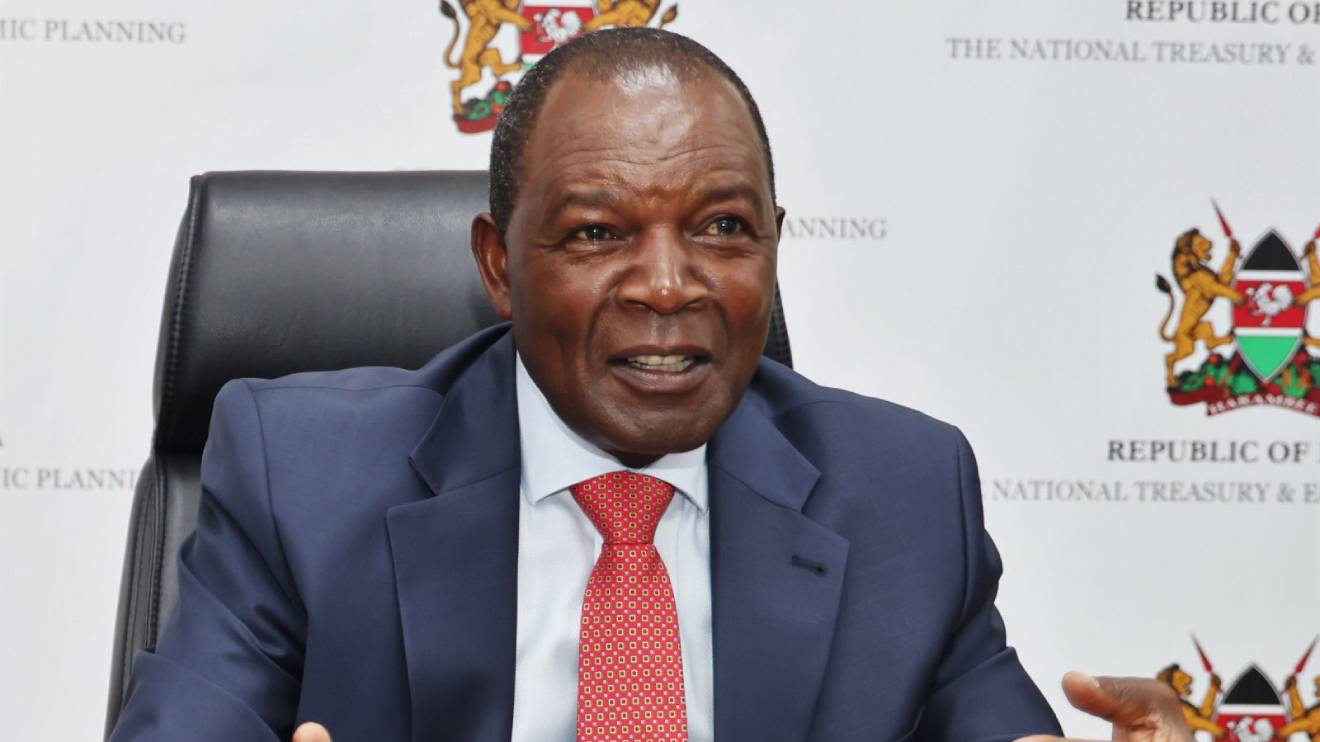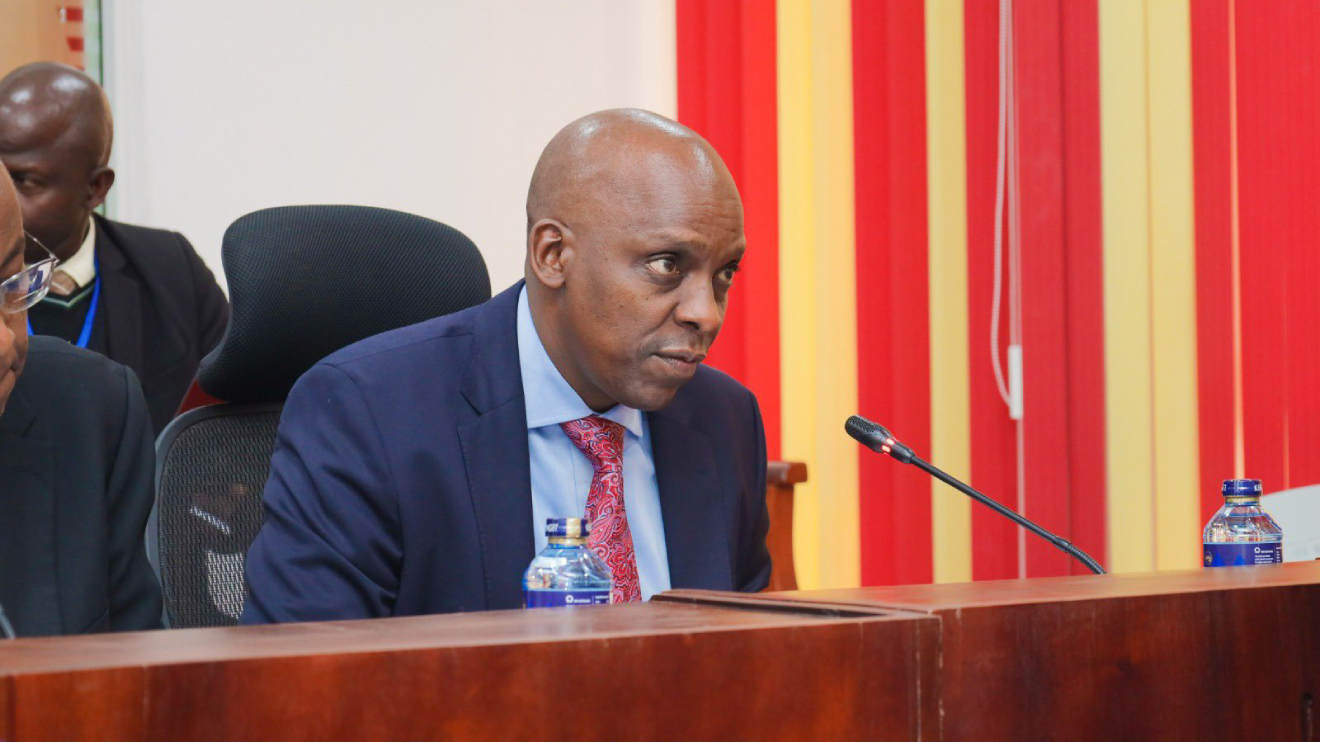Uncertainty hangs heavy over the livelihoods of thousands of Kenyans employed by State-owned enterprises (SOEs) as the government embarks on a major restructuring program.
The National Treasury's plan to scrap or merge over 130 SOEs, aimed at streamlining the public sector has sparked concerns about potential job losses.
Treasury Cabinet Secretary, Njuguna Ndung'u, revealed the details of the ambitious overhaul in a summary report on Tuesday's 2024/25 Budget Estimates tabled in Parliament, highlighting the rationale behind the decision.
"In line with the government's efforts for fiscal consolidation, the National Treasury has undertaken a preliminary assessment for 288 State corporations to determine their viability and recommend necessary action," Ndung'u stated.
The initial assessment by the Treasury identified only 158 of the 288 SOEs as essential for continued operation.
Read More
This means a significant portion of the workforce, encompassing employees across more than 130 targeted corporations, could face unemployment.
While the exact number of potential job losses remains unknown, the prospect is causing anxiety among employees.
The restructuring plan outlines mergers for 40 State corporations and two government-linked corporations (GLCs), with the possibility of redundancies as positions are consolidated.
Prof Ndung'u shed light on the multifaceted approach, indicating, "40 State Corporations and two government-linked corporations (GLCs) are proposed for restructuring."
He further elaborated that seven corporations require policy guidance, while 25 are slated for privatization, albeit hindered by legal setbacks.
Though currently stalled by a court ruling, the potential sale of these entities raises further questions about job security for their employees.
The government has emphasized ongoing assessments to identify duplications within the SOE system.
These reviews, coupled with the planned mergers and potential privatizations, suggest a significant number of positions could become redundant.
While details remain scarce, the Treasury has pledged stakeholder engagement in May 2024.
This offers a glimmer of hope for concerned employees as their voices might be heard before a final report with recommendations is submitted to the Cabinet and subsequently, the National Assembly.
The coming months will be crucial for Kenya's public sector workforce.
As the government navigates this restructuring, the fate of thousands of employees hangs in the balance.








